Introduction
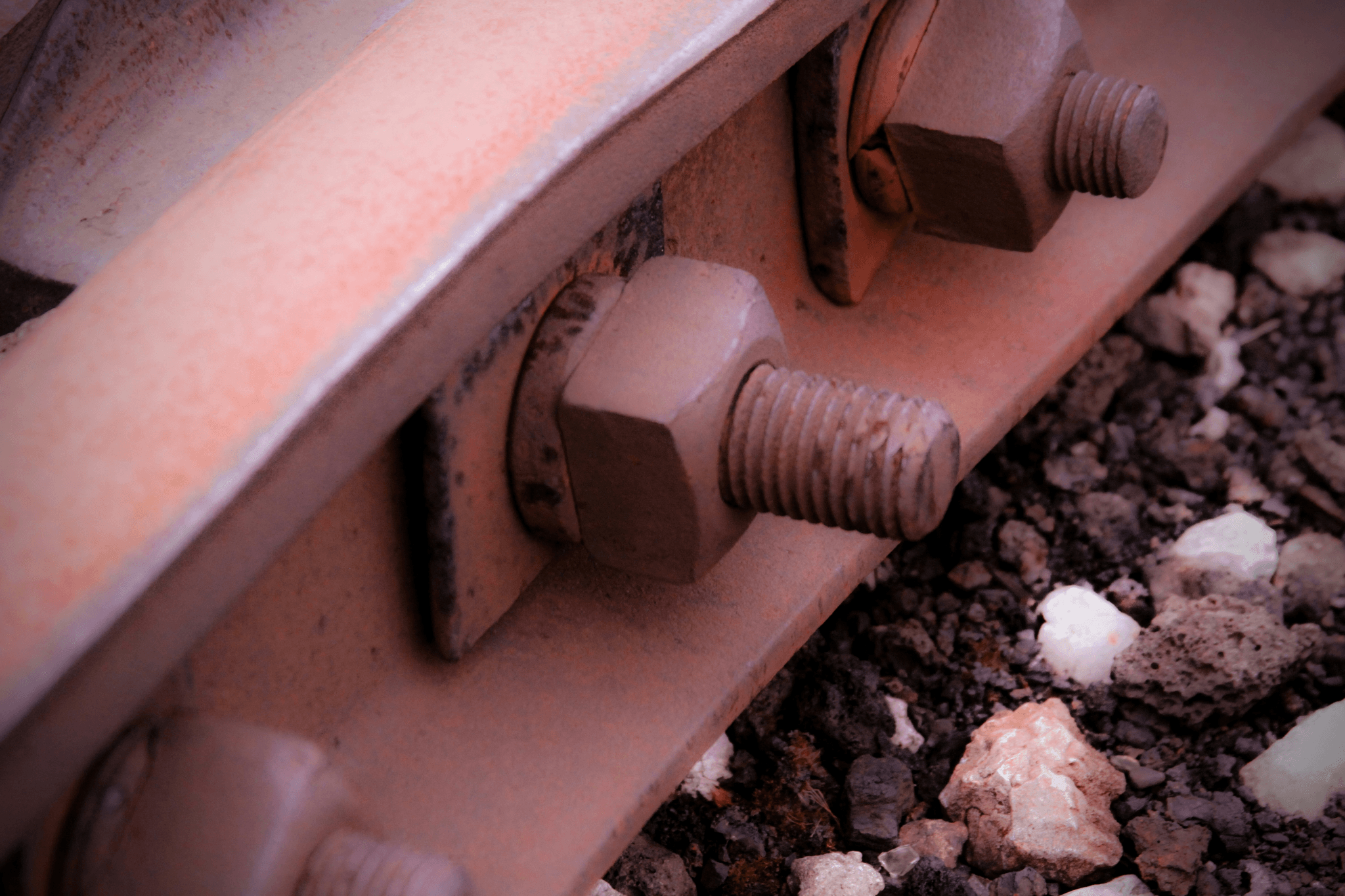
When it comes to railway construction, bolts play a crucial role in ensuring the safety and reliability of the infrastructure. Railway bolt types and railway bolt application standards are essential considerations in this industry. From fishbolts to screw spikes, there are various types of bolts used in railways, each serving a specific purpose. Spark Fittings, a leading company in manufacturing equipment for electrified railways, provides high-quality products for the transmission and distribution of electricity.
The Importance of Bolts in Railway Construction
Bolts are vital components in railway construction, as they hold together the tracks, ensuring stability and safety for trains and passengers alike. The use of appropriate bolts is essential to meet industry standards and ensure the longevity of railway infrastructure.
Different Types of Bolts Used in Railway Infrastructure
Railway construction requires a diverse range of bolts, including fishbolts, dog spikes, screw spikes, pandrol clips, elastic rail clips, track bolts and nuts. Each type serves a specific purpose in securing rails and maintaining track integrity.
Overview of Spark Fittings
Spark Fittings specializes in manufacturing equipment for preformed armor rods, tension clamps, and cable accessories for ADSS and OPGW. Their products contribute to the efficient functioning of electrified railways by providing high-quality preformed products for the transmission and distribution of electricity.
Common Types of Bolts in Railway Construction

When it comes to railway construction, various types of bolts are used to ensure the safety and stability of the tracks. One common type is the fishbolt, which is a special bolt used to connect railway fishplates. These bolts are crucial for maintaining the integrity of the tracks and preventing derailments. Another essential type is dog spikes, which are large nails with an offset head that are hammered into wooden sleepers to secure the rails in place. Lastly, screw spikes are another common type of bolt used in railway construction, serving as fasteners for securing rails to wooden sleepers or ties.
Fishbolts and Nuts
Fishbolts, also known as fishplate bolts or joint bar bolts, are a vital component in railway infrastructure. They are specifically designed to connect two rails together using fishplates or joint bars. The nuts used with fishbolts play a critical role in ensuring that the connection remains secure and stable over time, even under heavy loads and constant vibrations from passing trains.
Dog Spikes
Dog spikes, also referred to as track spikes or screw spikes, are large nails with an offset head that are hammered into wooden sleepers or ties to secure the rails in place. These heavy-duty spikes provide a strong grip on the rails and prevent them from shifting or moving out of position due to train traffic and environmental factors such as temperature changes.
Screw Spikes
Screw spikes serve as fasteners for securing rails to wooden sleepers or ties in railway construction. They feature a threaded shank that allows them to be screwed into place, providing a reliable and durable connection between the rail and sleeper. This type of bolt is widely used due to its ease of installation and ability to withstand heavy loads and constant vibration.
Specialized Bolts for Railway Tracks
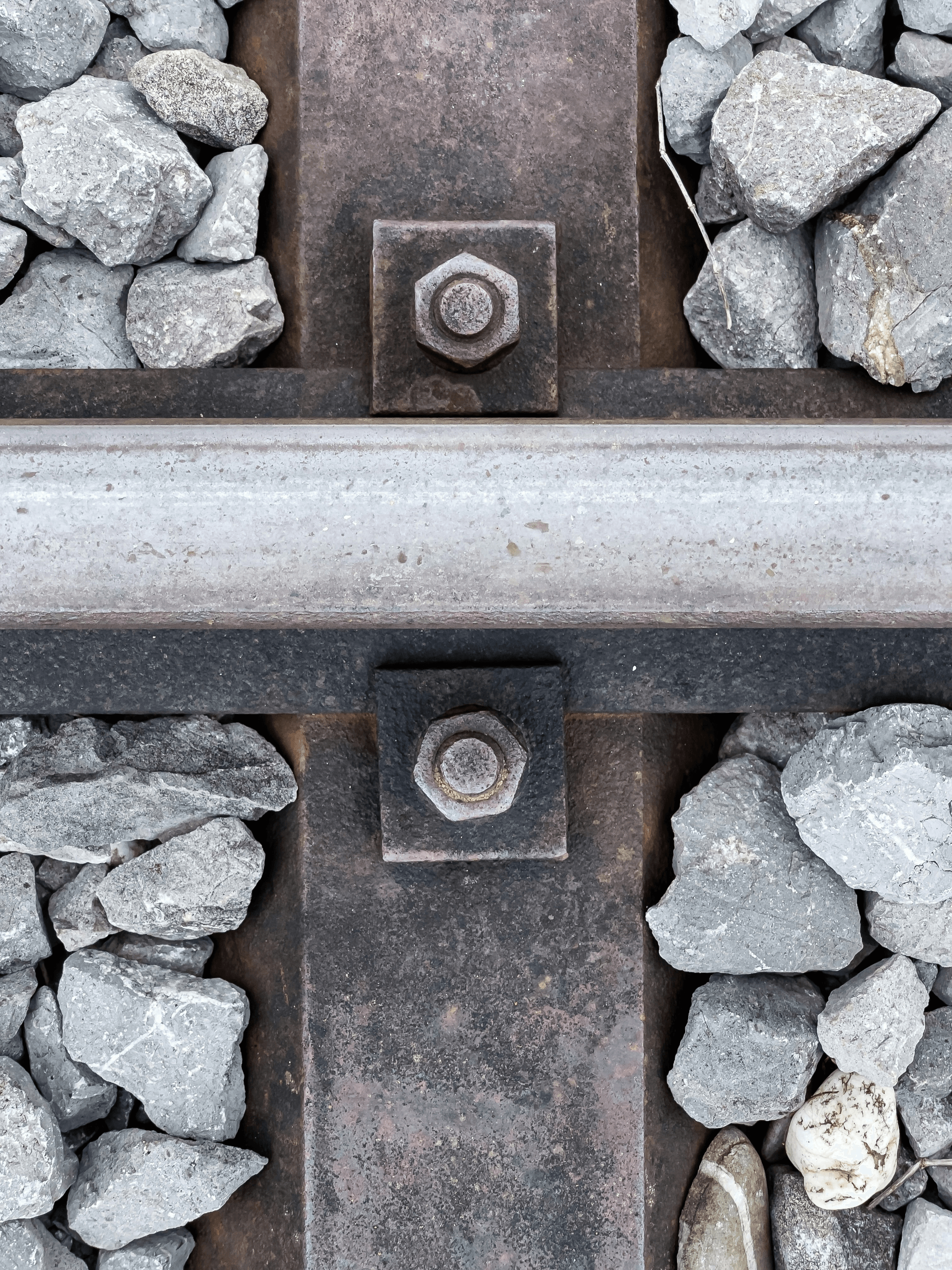
When it comes to specialized bolts for railway tracks, Pandrol clips are crucial components that provide a resilient and low-maintenance fastening system for rails. These clips are designed to accommodate various types of rail sections and are widely used in railway construction and maintenance projects. Pandrol clips help ensure the stability and longevity of railway tracks, making them an essential part of the infrastructure.
Pandrol Clips
Pandrol clips are specifically designed to securely fasten rails to the underlying base plates, ensuring stability and safety in railway operations. These clips come in different sizes and configurations to accommodate various rail types, making them versatile and adaptable for different railway applications. With their high-quality materials and precision engineering, Pandrol clips meet stringent industry standards for reliability and performance.
Elastic Rail Clips
Elastic rail clips are another type of specialized bolt used in railway tracks, providing a resilient fastening solution that absorbs shock and vibration from passing trains. These clips help maintain the integrity of the track structure while minimizing maintenance requirements, contributing to the overall efficiency of railway operations. Elastic rail clips play a crucial role in ensuring the safety and durability of railway infrastructure.
Track Bolts and Nuts
Track bolts and nuts are essential components that hold together various elements of railway tracks, including rails, base plates, tie plates, and other fixtures. These bolts come in different sizes and specifications to accommodate specific track configurations, providing a secure connection that withstands heavy loads and environmental factors. The use of high-quality track bolts and nuts is vital for maintaining the structural integrity of railway tracks.
By incorporating specialized bolts such as Pandrol clips, elastic rail clips, track bolts, and nuts into railway construction projects according to industry standards ensures the safety,reliability,and longevity of rail infrastructure.
Structural Bolts in Railway Bridges
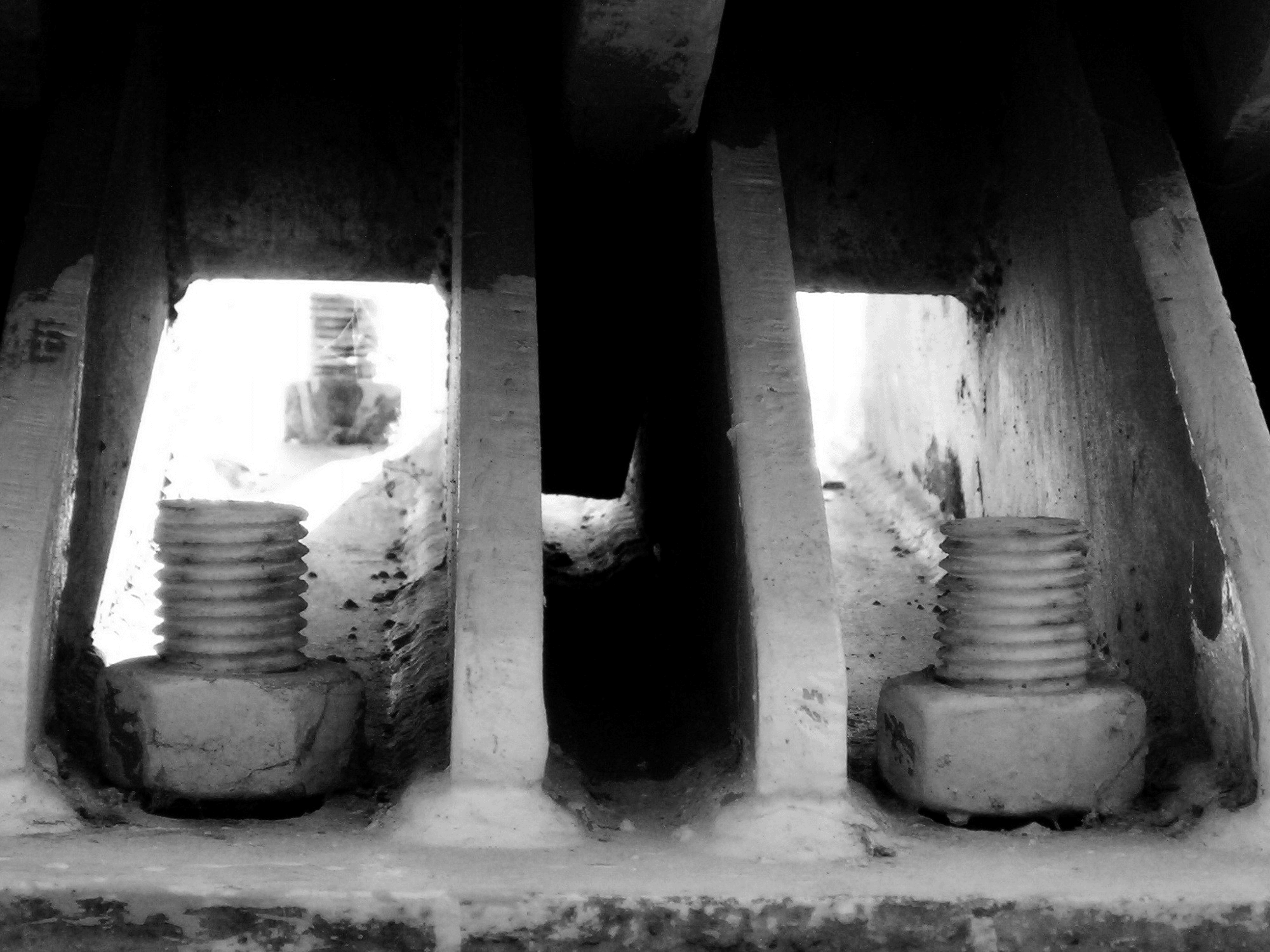
When it comes to railway bridges, the use of structural bolts is crucial for ensuring the stability and safety of the structure. Hex bolts are commonly used in bridge construction due to their strength and durability, providing a secure connection for various components. Flange bolts are also utilized to secure joints and connections in railway bridges, offering a reliable fastening solution that can withstand heavy loads and vibrations. Tension control bolts play a vital role in bridge construction by providing precise tensioning, ensuring proper clamping force and preventing loosening over time.
Hex Bolts
Hex bolts are widely used in railway bridge construction due to their hexagonal head design, which allows for easy installation using a wrench or socket. These bolts provide strong, reliable fastening for critical components such as beams, girders, and trusses, ensuring structural integrity and stability. The high tensile strength of hex bolts makes them suitable for withstanding the heavy loads and dynamic forces experienced by railway bridges, making them an essential component in bridge construction.
Flange Bolts
Flange bolts are commonly employed in railway bridges to secure connections between flanges or flat surfaces, providing a stable and secure fastening solution. Their unique flanged design prevents loosening under vibrations or dynamic loads, making them ideal for use in bridge construction where structural stability is paramount. With their ability to distribute load across a wider area, flange bolts contribute to the overall strength and reliability of railway bridges.
Tension Control Bolts
Tension control bolts offer precise tensioning capabilities that are essential for maintaining the integrity of connections in railway bridges. These specialized bolts feature an innovative design that ensures accurate tensioning during installation, resulting in consistent clamping force across all connections. By preventing over-tightening or under-tightening, tension control bolts help maintain the structural integrity of railway bridges while minimizing the risk of bolt failure due to improper tension.
By utilizing these various types of structural bolts in railway bridge construction according to Railway Bolt Types And Railway Bolt Application Standards , engineers can ensure the safety and reliability of these critical infrastructure components while meeting industry standards for quality and performance.
Bolts for Railway Signaling and Communication
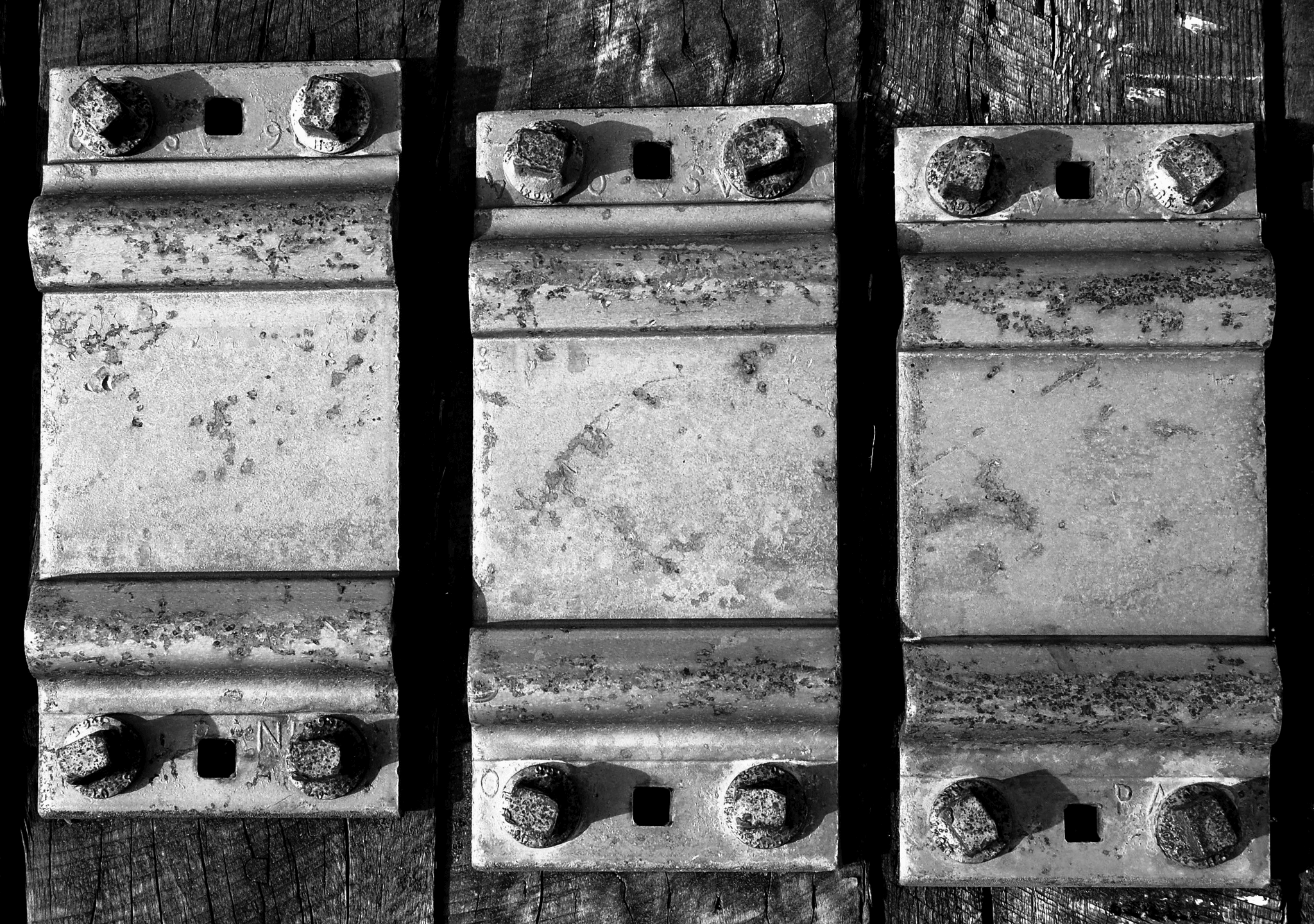
In the realm of railway signaling and communication, the use of specialized bolts is crucial for ensuring the reliability and safety of the infrastructure. Signal post bolts are specifically designed to secure signal posts in place, providing stability and support for the signaling equipment. These bolts are typically made from high-strength materials to withstand various weather conditions and environmental factors, ensuring the longevity of the signaling system.
Signal Post Bolts
Signal post bolts play a vital role in maintaining the integrity of railway signaling systems. These bolts are engineered to securely fasten signal posts to their foundations, preventing any potential hazards or malfunctions caused by loose or unstable installations. The use of durable and corrosion-resistant materials in signal post bolts is essential for withstanding exposure to outdoor elements, ensuring that the signaling equipment remains steadfast and reliable throughout its operational lifespan.
Communication Tower Bolts
Communication tower bolts are another essential component in railway infrastructure, serving as integral fasteners for communication towers along railway lines. These specialized bolts are designed to provide robust support for communication equipment, such as antennas and transmitters, ensuring their stability and functionality. The selection of high-quality communication tower bolts is paramount in maintaining uninterrupted communication networks within railway systems.
Grounding Rod Bolts
Grounding rod bolts play a critical role in establishing effective grounding systems within railway infrastructure, safeguarding against electrical surges and ensuring operational safety. These specialized bolts are utilized to secure grounding rods in place, facilitating a reliable path for dissipating electrical currents and preventing potential damage to signaling and communication equipment. The use of precision-engineered grounding rod bolts is essential for maintaining optimal performance and safety standards across railway networks.
Innovations in Railway Bolts
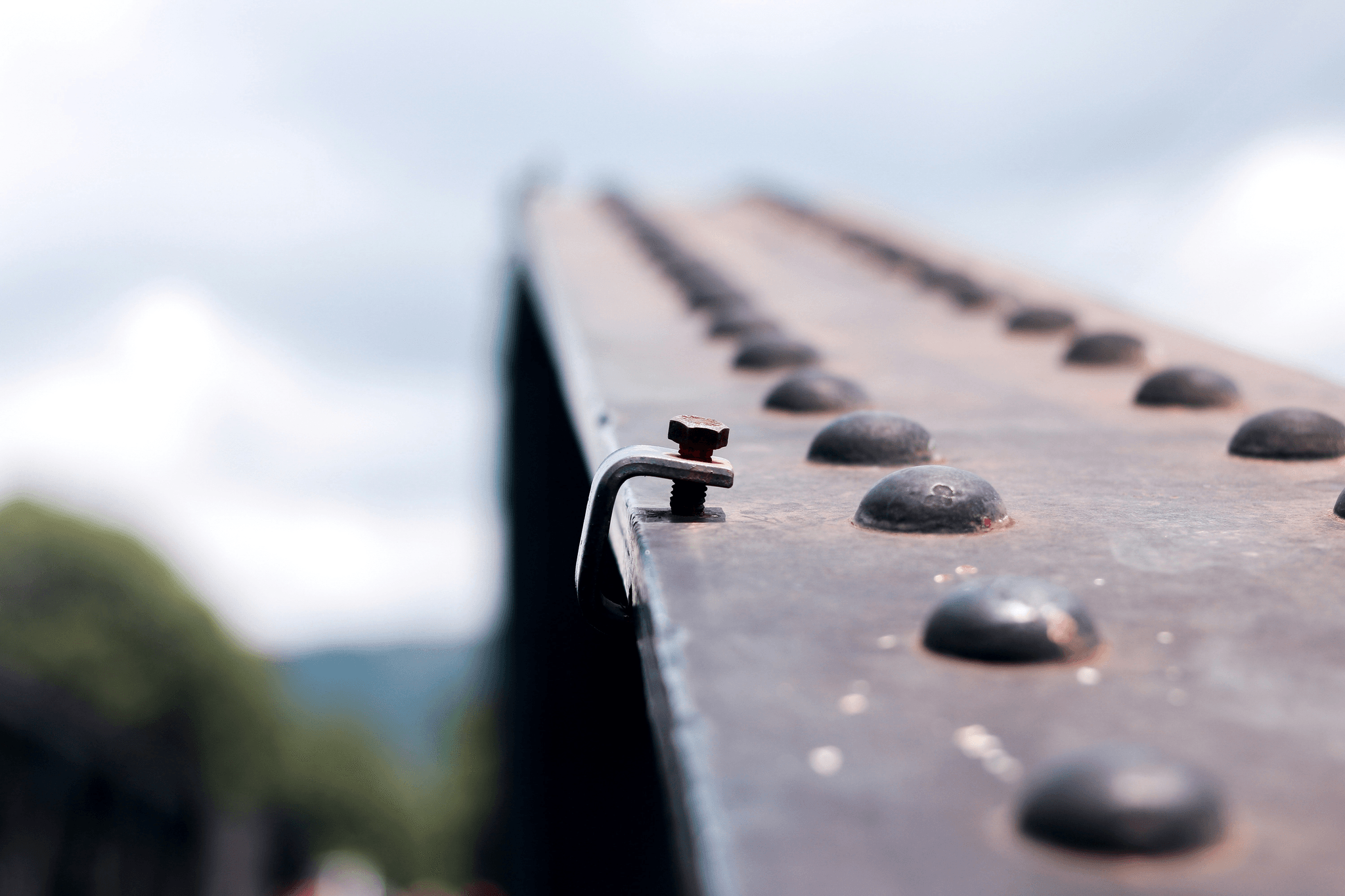
In the ever-evolving world of railway construction, innovations in railway bolts have played a crucial role in ensuring safety and reliability. High-Strength Friction Grip Bolts, also known as HSFG bolts, are one such innovation that has gained popularity due to their ability to provide high clamping force and resistance to vibration. These bolts are widely used in railway tracks and bridges, offering superior strength and durability compared to traditional bolts.
High-Strength Friction Grip Bolts
High-Strength Friction Grip Bolts are designed to provide a strong clamping force by creating friction between the bolt head and the connected material. This makes them ideal for applications where structural integrity is paramount, such as railway track installations and bridge constructions. The use of HSFG bolts ensures that the joints remain secure even under heavy loads and dynamic forces, making them an essential component in modern railway infrastructure.
Tension Control Bolts
Tension Control Bolts have revolutionized the way railway construction projects are executed by offering precise tensioning capabilities without the need for specialized skills or equipment. These bolts feature a unique design that allows for controlled pre-tensioning during installation, ensuring uniform load distribution across the joint interface. The use of tension control bolts has significantly improved the efficiency and accuracy of railway construction processes while enhancing overall structural integrity.
Advanced Coating Technologies
Advanced coating technologies have also played a pivotal role in enhancing the performance and longevity of railway bolts. Various coatings such as zinc-nickel alloy plating, epoxy coatings, and hot-dip galvanization have been developed to protect bolts from corrosion, abrasion, and environmental degradation. These advanced coatings not only extend the lifespan of railway bolts but also contribute to minimizing maintenance requirements and associated costs.
Conclusion

When it comes to railway projects, choosing the right bolt is crucial for ensuring the safety and reliability of the infrastructure. Different types of bolts are used in railways, and it's important to adhere to railway bolt application standards to meet the specific requirements of each project. Whether it's fishbolts, dog spikes, or track bolts and nuts, understanding the application and standards for each type is essential.
Choosing the Right Bolt for Railway Projects
Selecting the appropriate type of bolt for railway projects involves considering factors such as load capacity, corrosion resistance, and durability. Railway bolt types vary based on their specific applications, so it's important to consult industry standards and guidelines to make informed decisions. Understanding what kind of bolts are used in railways will help ensure that the chosen bolts meet the necessary specifications for safety and reliability.
Ensuring Safety and Reliability in Railway Construction
The use of high-quality bolts plays a significant role in maintaining safety and reliability in railway construction. Proper installation techniques and adherence to industry standards are essential for preventing accidents and ensuring long-term performance. By using specialized bolts such as tension control bolts or advanced coating technologies, railway infrastructure can withstand various environmental conditions while maintaining structural integrity.
Importance of Quality Bolts for Railway Infrastructure
Quality bolts are essential for the overall integrity of railway infrastructure. From signaling equipment to bridges and tracks, different types of railroad anchors require specific types of bolts that meet industry standards for strength and durability. The importance of quality bolts cannot be overstated when it comes to maintaining a safe and efficient railway network that serves passengers and freight transportation effectively.

